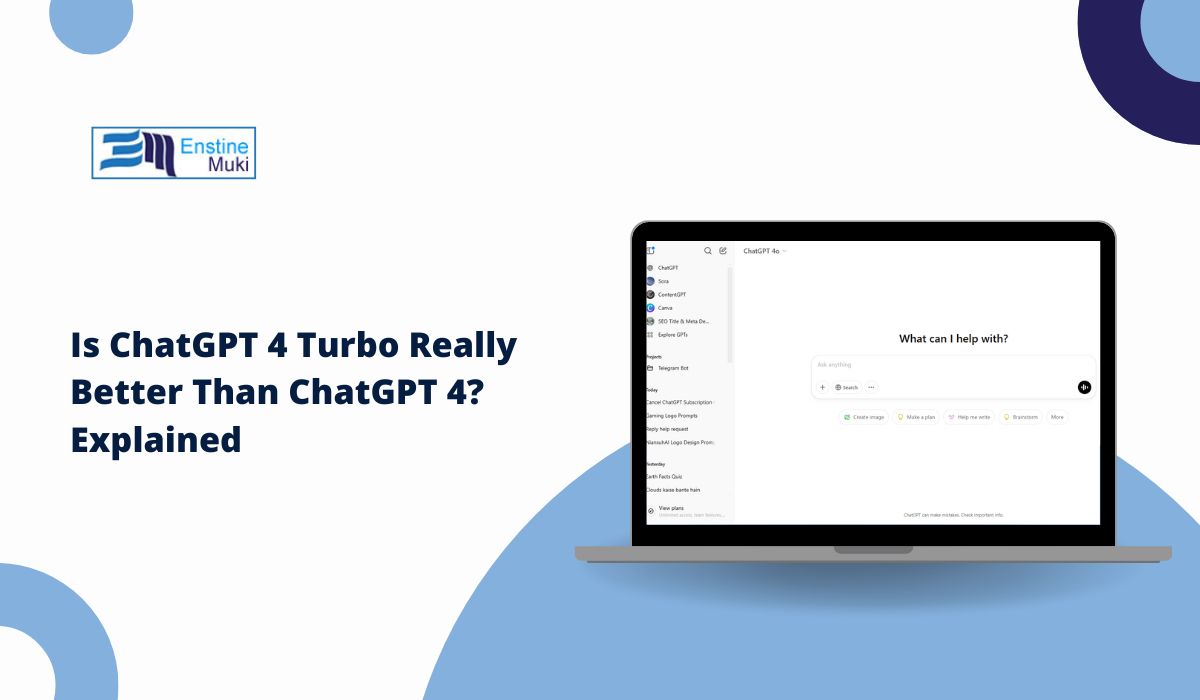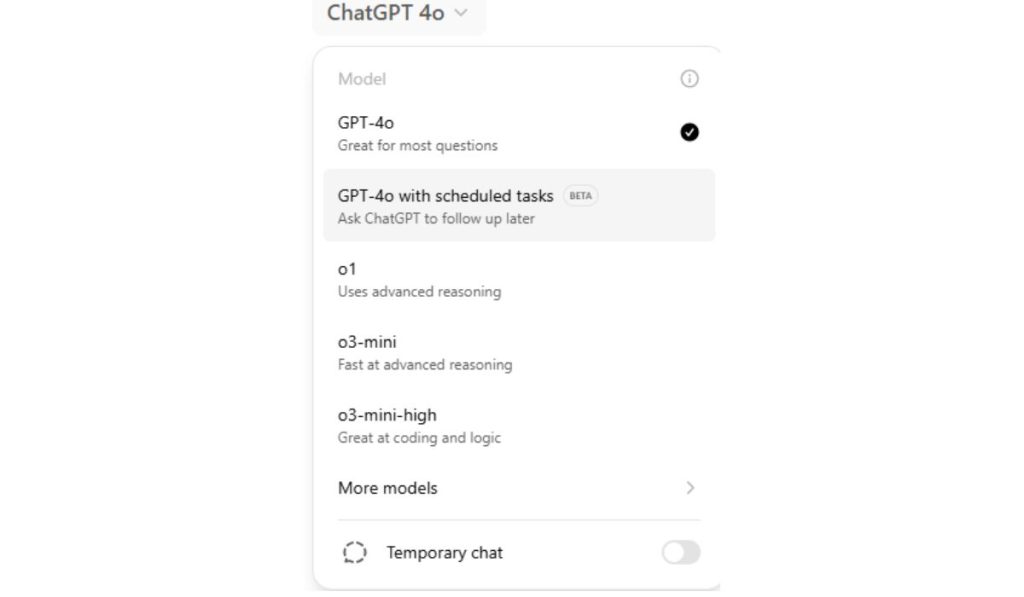OpenAI continues to enhance AI language models, and the introduction of ChatGPT 4 Turbo has raised questions about how it compares to ChatGPT 4. Many users wonder whether Turbo is truly an upgrade or just a slight improvement. This article breaks down the differences, focusing on performance, accuracy, speed, and real-world applications.
What is ChatGPT 4 Turbo?
ChatGPT 4 Turbo is an optimized version of ChatGPT 4, designed to deliver faster responses, improved efficiency, and enhanced accuracy. OpenAI has refined the model to reduce latency while maintaining the same level of language comprehension and problem-solving ability.
Unlike previous incremental upgrades, Turbo is not a new version but a performance-enhanced adaptation of ChatGPT 4, focusing on speed and usability without sacrificing accuracy.
How is ChatGPT 4 Turbo Different from ChatGPT 4?
The key difference between the two versions lies in response speed, processing efficiency, and system optimization. ChatGPT 4 Turbo is designed to handle complex queries with lower latency, making it ideal for real-time applications and high-demand usage.
Speed and Response Time
One of the most noticeable improvements in ChatGPT 4 Turbo is its faster processing capability. The model generates responses more quickly, making it suitable for businesses, chatbots, and users who require instant feedback.
While ChatGPT 4 was already optimized for accuracy, its response time could sometimes lag, especially when dealing with longer or more complex inputs.
With ChatGPT 4 Turbo, OpenAI has adjusted the underlying architecture to process information more efficiently, reducing the waiting time between prompts and responses.
This makes it a preferred option for interactive applications where real-time AI assistance is needed.
Accuracy and Understanding
Speed improvements often raise concerns about whether accuracy is compromised, but OpenAI has ensured that ChatGPT 4 Turbo maintains the same or even higher levels of precision in its responses. The optimization focuses on reducing redundancy and making responses more structured, without affecting the model’s ability to understand context, reason logically, or provide fact-based answers.
Both models use advanced token processing to generate coherent responses, but Turbo is better at filtering out irrelevant details and prioritizing essential information. This means it can handle complex tasks with greater efficiency, making it a better choice for users who rely on AI for detailed content generation, research, and problem-solving.
Cost and Accessibility
Despite its enhancements, ChatGPT 4 Turbo remains available under the same subscription model as ChatGPT 4. OpenAI provides Turbo as a default option for ChatGPT Plus users, who pay a monthly fee for access to premium AI features.
The pricing structure ensures that users receive a more powerful AI model without additional costs, making the upgrade seamless for existing subscribers. OpenAI’s decision to integrate Turbo into the standard subscription plan reflects its commitment to improving AI accessibility while maintaining affordability.
Use Cases Where ChatGPT 4 Turbo Excels
ChatGPT 4 Turbo is particularly beneficial for scenarios requiring speed, efficiency, and real-time AI interaction. The enhanced performance makes it ideal for:
- Business automation – Faster AI-powered chatbots and customer support solutions
- Content creation – More efficient text generation with structured outputs
- Programming assistance – Quick debugging and code suggestions
- Research and data analysis – Faster information retrieval and synthesis
- Education and learning – Instant explanations with reduced response delay
These improvements make ChatGPT 4 Turbo a stronger candidate for users who prioritize response speed without compromising reliability.
Does ChatGPT 4 Turbo Have Any Limitations?
While Turbo offers significant improvements, it may not always be the best option for every use case. Some users might prefer ChatGPT 4 for tasks that require deeper, more analytical responses, especially if they prioritize thorough explanations over speed.
Additionally, since Turbo is optimized for efficiency, certain nuanced discussions may feel slightly more direct, focusing on delivering concise answers rather than extended elaboration.
However, for most general AI applications, these differences are minor and do not negatively impact the model’s usability.
User Feedback and Market Adoption
Early adopters of ChatGPT 4 Turbo report a noticeable difference in speed and usability, especially for tasks requiring quick, continuous interactions. Developers integrating AI into their applications and workflow automation have praised the improved latency reduction and response fluidity.
However, some long-form content creators and deep research users still find that ChatGPT 4 remains a strong alternative when detailed step-by-step reasoning is required.
Conclusion
ChatGPT 4 Turbo is an evolution of ChatGPT 4, designed to provide faster responses without sacrificing quality. OpenAI has optimized the model to enhance usability, making it a preferred choice for interactive applications, automated workflows, and AI-driven business tools.
For users who need real-time efficiency, ChatGPT 4 Turbo offers significant advantages. However, those requiring deep analytical reasoning and long-form explanations may still find ChatGPT 4 suitable for specific tasks.
As AI technology continues to evolve, ChatGPT 4 Turbo represents OpenAI’s commitment to improving AI-driven solutions, ensuring speed, accuracy, and accessibility for users across different fields.
If you’ve used ChatGPT 4 Turbo, share your experience in the comments and let others know how it compares to ChatGPT 4.


